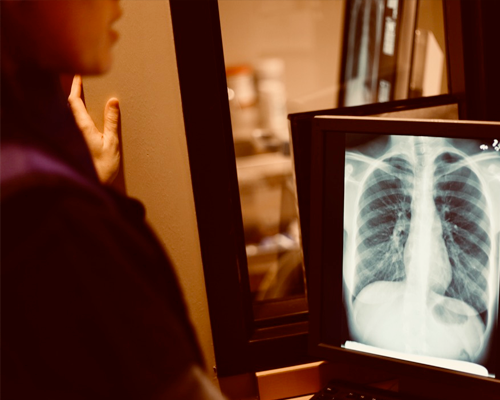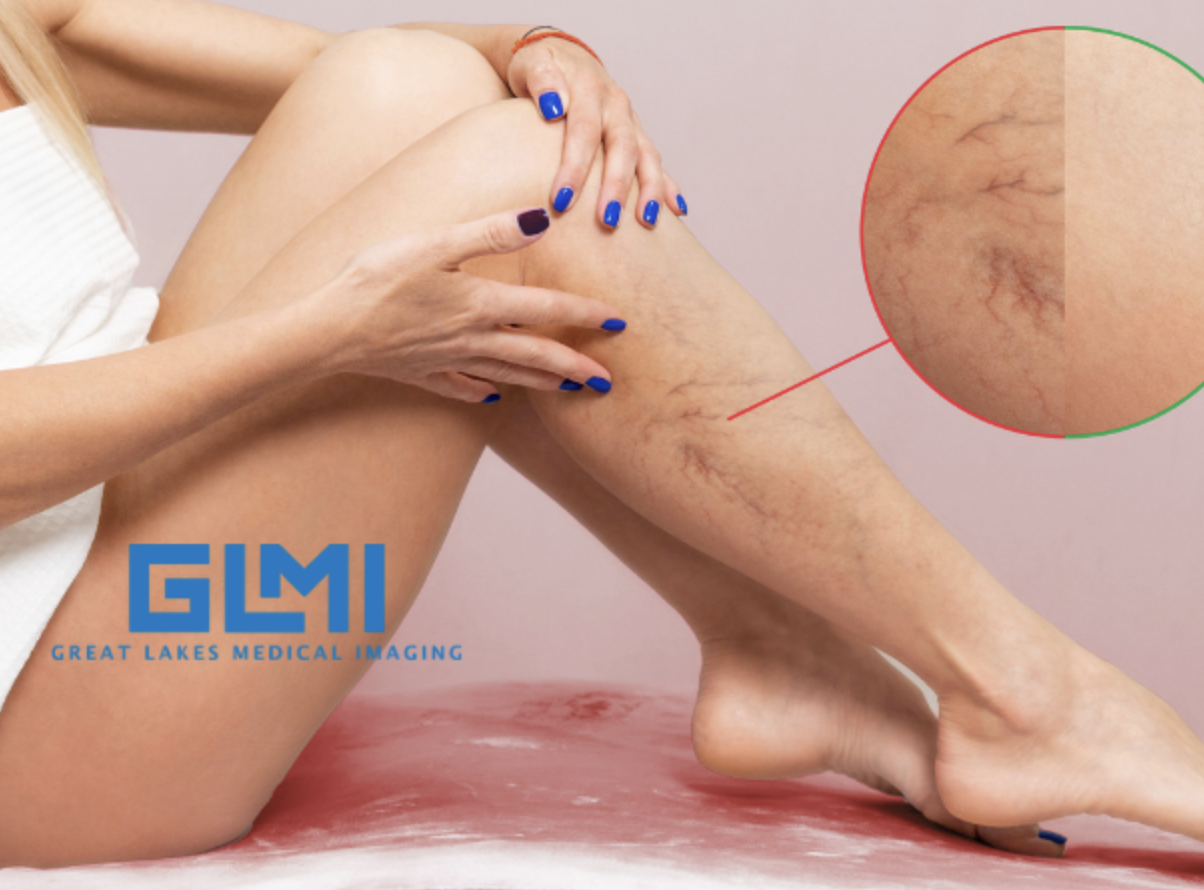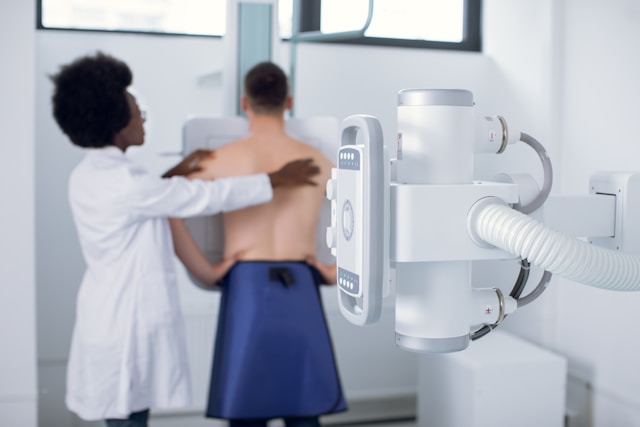Our Blog
How Safe Are X-rays and Fluoroscopy Procedures at Buffalo's Great Lakes Medical Imaging?

In the realm of medical imaging, X-rays and fluoroscopy are indispensable tools that provide vital insights into the body's internal structures.
At Great Lakes Medical Imaging (GLMI) in Buffalo, NY, patient safety is paramount, especially when it comes to procedures involving radiation. Understanding the safety measures and advancements in technology can offer peace of mind to those needing these diagnostic services. Let’s explore the safety protocols and technological innovations that ensure X-rays and fluoroscopy procedures at GLMI are not only effective but also safe for patients across Western New York.
The Basics of X-rays and Fluoroscopy
X-rays are a form of electromagnetic radiation used to create images of the inside of the body. They can reveal structures such as bones, certain tissues, and organs, aiding in the diagnosis of various conditions.
Fluoroscopy is an imaging technique that uses X-rays to obtain real-time moving images of internal structures, often used during diagnostic and therapeutic procedures.
Safety Measures and Protocols
1. Minimizing Radiation Exposure: At GLMI, we adhere to the ALARA principle (As Low As Reasonably Achievable), ensuring that radiation exposure is kept to the minimum necessary to achieve diagnostic quality images. Our state-of-the-art equipment is calibrated to use the lowest radiation dose possible while still providing clear and precise images.
2. Advanced Imaging Technology: We invest in the latest imaging technologies that offer enhanced safety features, including digital X-ray systems and fluoroscopy equipment with dose-reduction capabilities. These advancements significantly reduce radiation exposure without compromising image quality.
3. Lead Protection Gear: During X-ray and fluoroscopy procedures, patients are provided with lead aprons or shields to protect areas of the body not being imaged, further reducing unnecessary exposure to radiation.
4. Trained and Certified Technologists: Our radiologic technologists are highly trained and certified, possessing in-depth knowledge of safe radiation practices. They are skilled in positioning patients optimally to minimize exposure and ensure the safety and comfort of each individual.
5. Continuous Monitoring and Regulation: GLMI's facilities and equipment undergo regular inspections and maintenance to ensure they meet stringent safety standards. Additionally, radiation doses are continuously monitored and recorded to maintain the highest safety levels.
Addressing Patient Concerns
We understand that patients may have concerns about radiation exposure during X-ray and fluoroscopy procedures. Our team is committed to addressing these concerns by:
- Educating Patients: We provide clear information about the procedure, the expected benefits, and the measures in place to ensure safety.
- Customized Care: Each patient’s health background and specific needs are considered when determining the appropriateness of an X-ray or fluoroscopy procedure, ensuring a personalized approach to care.
The Role of X-rays and Fluoroscopy in Patient Care
Despite concerns about radiation, the clinical benefits of X-rays and fluoroscopy are undeniable. They are crucial in diagnosing fractures, guiding orthopedic surgeries, investigating gastrointestinal issues, and much more. The key is balancing these benefits with the utmost attention to patient safety—a principle that guides all imaging services at GLMI.
X-rays and fluoroscopy procedures at Great Lakes Medical Imaging in Buffalo, NY, are conducted with the highest regard for patient safety. Through advanced technology, rigorous safety protocols, and a team of dedicated professionals, we ensure that these essential diagnostic tools are used safely and effectively, contributing to the high-quality care of patients across Western New York.
If you have questions about X-ray or fluoroscopy procedures or wish to learn more about the safety measures in place at GLMI, please visit Great Lakes Medical Imaging. We are here to provide you with the information and care you need for a safe and positive imaging experience.
Disclaimer: This blog article is for general informational purposes only and should not be construed as professional medical advice. Always seek the advice of your physician or other qualified health provider with any questions you may have regarding a medical condition.
‹ Back









